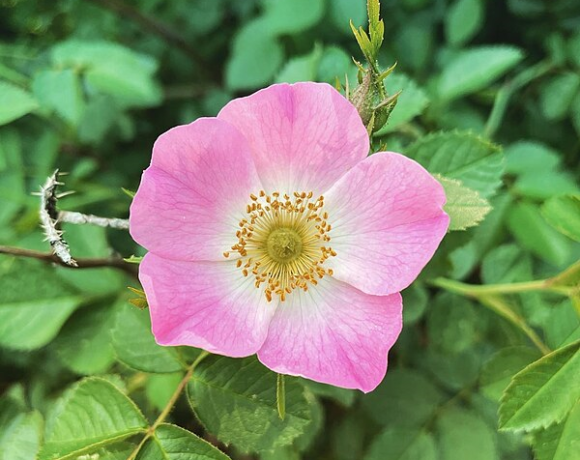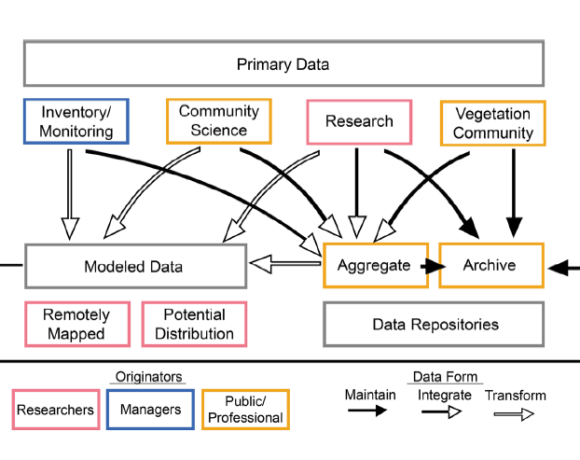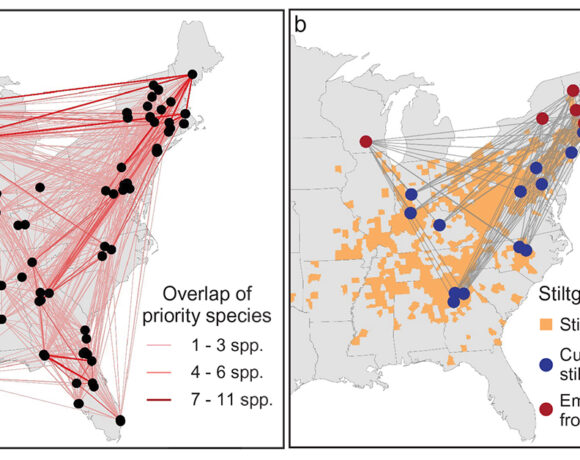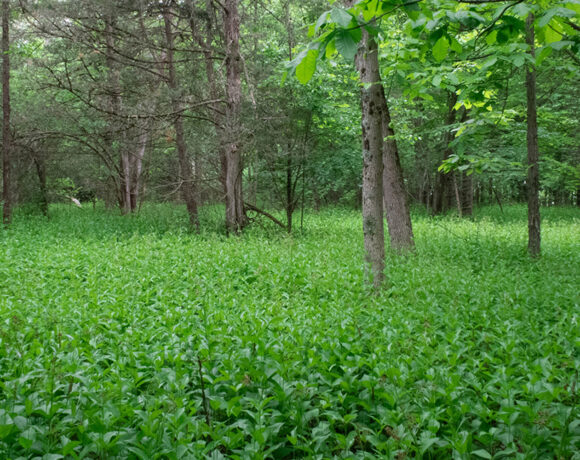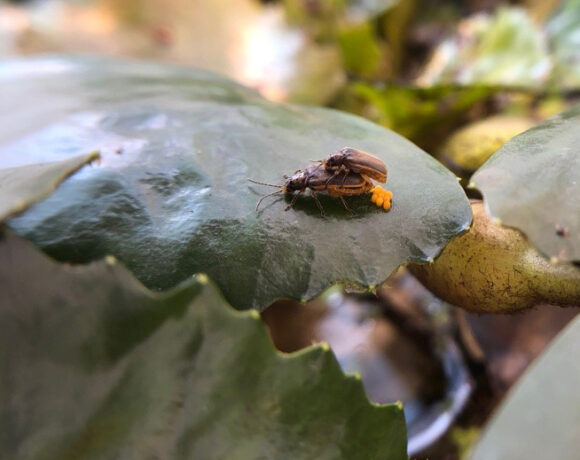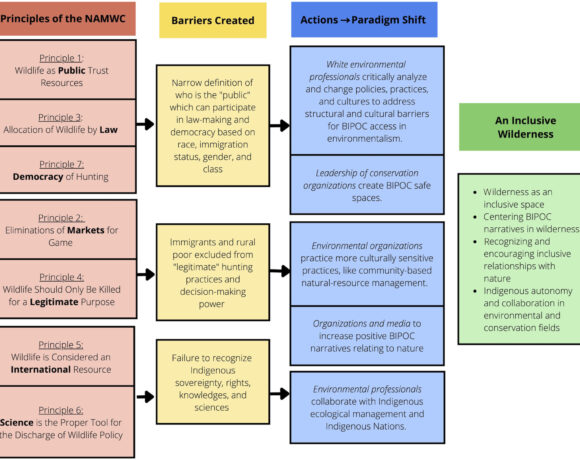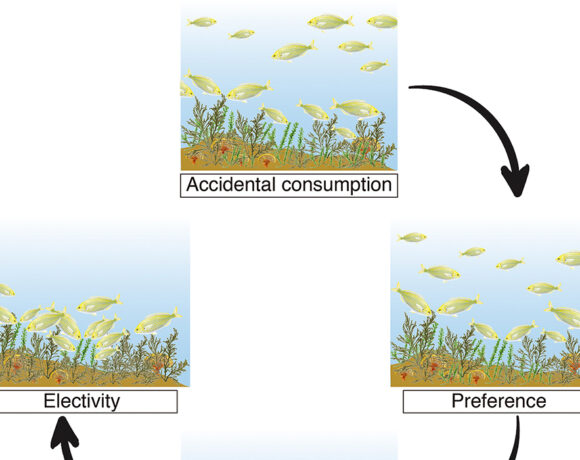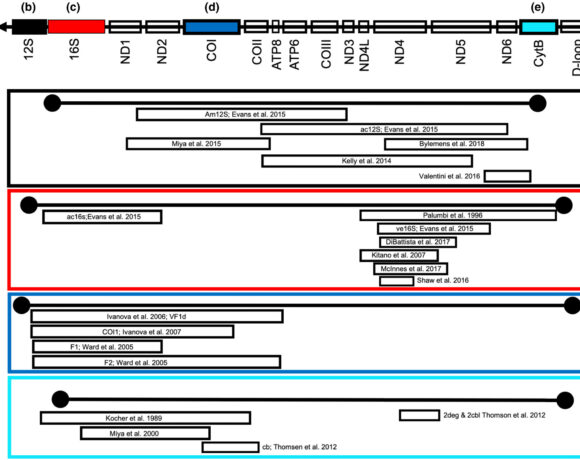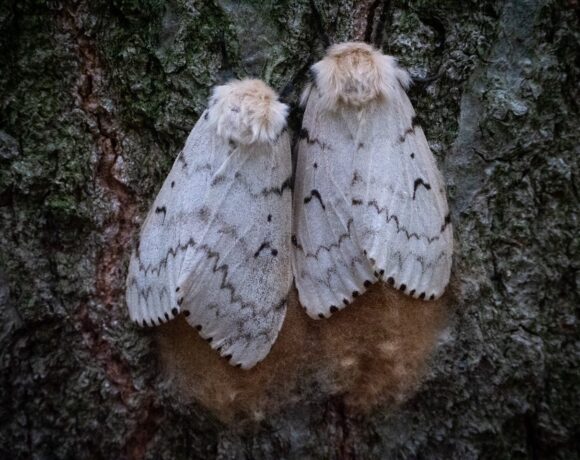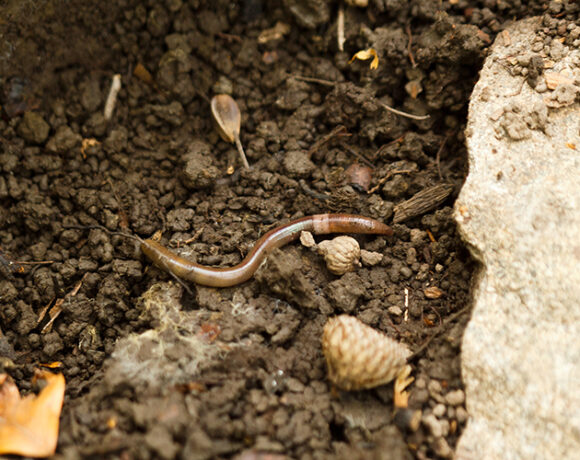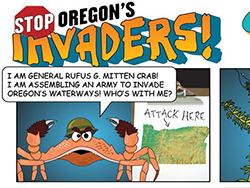Soil-microorganism-mediated invasional meltdown in plants
Competition between plants seemingly plays out before our eyes, but when it comes to alien invasive plants, Zhang and colleagues find they may gain a competitive edge through unseen soil interactions. Knowing that plants can change soil microbial communities with effects that last even after the plants are removed, Zhang and colleagues questioned how such conditioned soils might alter competitive outcomes between native and alien plants in that soil. In greenhouses in Germany, the researchers first conditioned soils with native, alien, or no plants, and next planted these species in the soils either by themselves, with other plants of the same species, or with other plants of other species. They found competitive advantages for alien plants; when grown on alien-conditioned soil, alien plants were more competitive than native plants (as measured by aboveground biomass). What’s more, the aliens gain this advantage by being less negatively affected by alien-conditioned soil compared to native plants. Lastly, when they analyzed the soil microbes, they found that when microbial communities were less similar (as they were between alien species), there were fewer negative soil effects. The authors conclude that such interactions can lead to invasional meltdown, a threat to ecosystems.
Take-home points
- Plants can alter soil microbial communities in ways that can later alter plant communities.
- Alien invasive plants are more competitive than native plants when grown in alien-conditioned soils.
- New invasive plants that gain an advantage from alien-conditioned soil may establish more easily, and their negative effects on the ecosystem may be multiplied (invasional meltdown).
Management implications
- Because soil conditioned by invasive species can have lasting effects on the soil, restoration practitioners may consider bringing in new soil or planting resilient species at sites where invaders were removed.
- Managing a single invasive species early-on may help prevent the synergistic impacts of invasional meltdown.
- Due to the likelihood of reinvasion, it is important to monitor sites where invasive plants have been removed.


